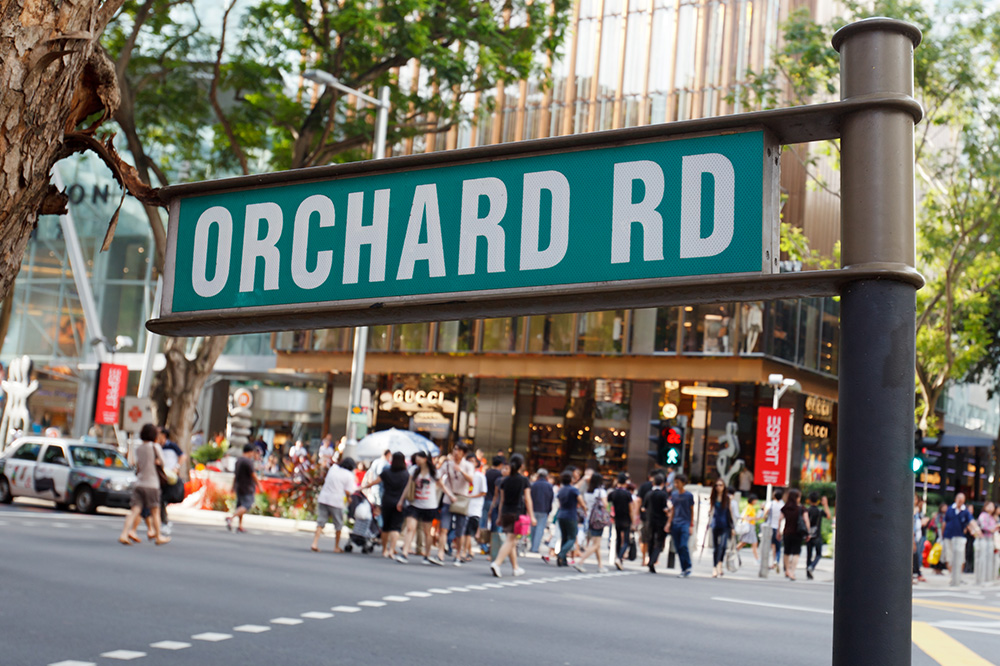Large department store chain Robinsons has announced the impending closure of its last two stores in Singapore. With 162 years of history, Robinsons’ fall is a reminder that nothing is too old, or too large, to fail.
Its 85,000 square feet store in Raffles City is sitting on prime land. Its flagship store at The Heeren is even larger, with a total of 186,000 square feet of space. Robinsons is currently owned by Al-Futtaim, a large conglomerate based in Dubai, where malls gain prestige for being large and spacious. In Singapore, though, a large store also means having to pay high rent.
It may not be easy for an overseas owner to operate a local mall. When it comes to shopping, malls need to understand the local preferences. Tangs, OG and Metro are very indigenous players whose product offerings move quite in tandem with what the locals like. Tangs has a refreshing store design that appeals to customers across different generations. Robinsons’ static product offerings, on the other hand, make it out of step with the times. There were long queues at Robinsons when the bad news broke. Those who were there for sentimental reasons were the baby boomers and Generation X, not the millennials.
With the right product offering, malls can hit the right note with consumers. Look at Don Don Donki which just opened its ninth outlet in Singapore. It has hit the sweet spot for new-generation shoppers with their value-for-money unique offerings, making it one of the rare retail brands that is growing fast.
Of course, that are still challenges for the retail sector. If not navigated well, these obstacles could still pull the sector down.
The rapid rise of e-commerce is a challenge not to be underestimated. When almost anything can be bought online, consumers have one less reason to visit malls. Fitting of clothes is an issue, but consumers who are not trying out a brand for the first time would be able to buy the correct size online easily.
The straw that broke the camel’s back is the COVID-19 pandemic. There was the circuit-breaker in Singapore which largely reduced crowds. When it was lifted, the crowds returned, but not to pre-pandemic levels. Many malls are operating at reduced capacity due to social distancing measures. No one knows how long the situation will last, or if it will worsen.
That points to a bleak outlook for the retail sector. Over the years, the big-ticket cost items have been rent and manpower costs. There have been government support schemes to push out property rebates as well as to cover wages. But these will end and firms have to find a way to balance the costs.
Due to the pandemic, consumer habits have been irreversibly changed. The public is now used to shopping online. Some may not pivot back to shopping offline.
It is uncertain when the economy will recover. The uncertainty affects consumers’ willingness to spend, which in turn pushes down firms’ revenue.
So what can firms do in this outlook? What are the lessons to be learnt?
Firms need new business models that combine the online and onsite experience. They should also market their products or services through omni-channels. This lesson has been preached for quite some time, but not all have heeded the call.
The second lesson is that firms must constantly refresh and evolve their product offerings to match the changing consumer profiles and tastes in the market.
Some retailers would need to augment their business with diversification. For example, Metro has entered the property market to counter-balance for the retail business.
Rather than staying at the tail’s end, the retail sector needs to be more proactive and tackle changes head-on. My bet is on the vanguard of change.





